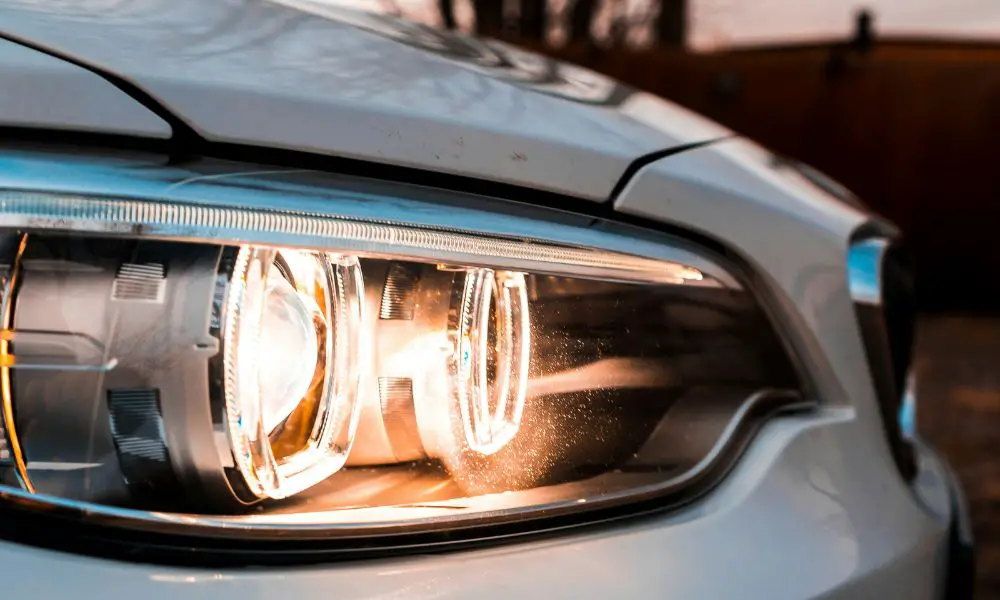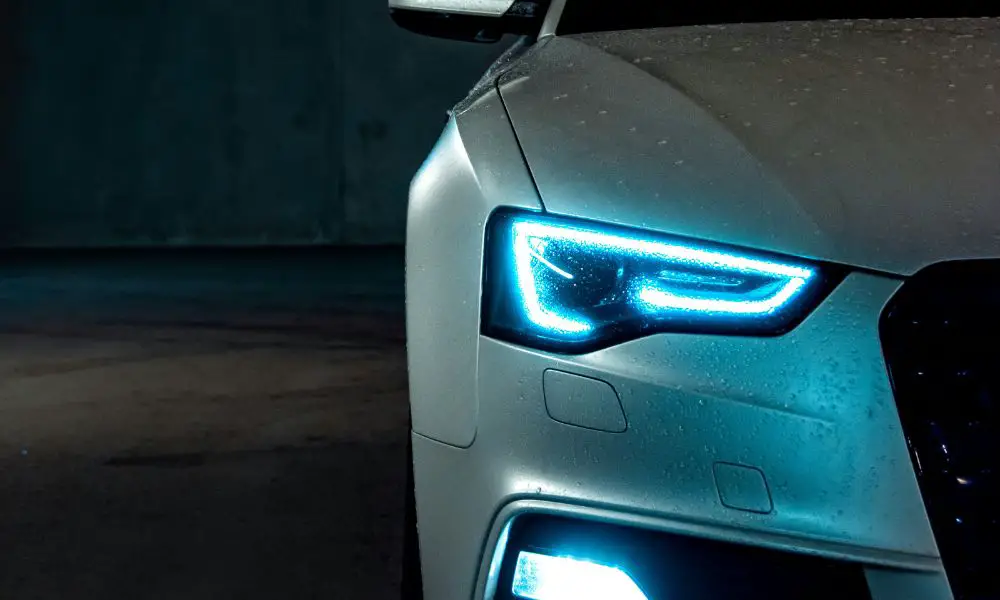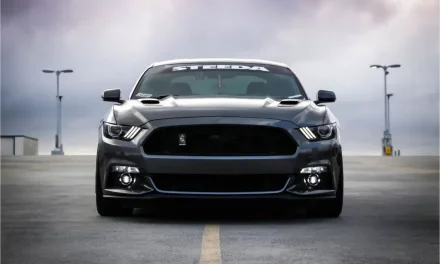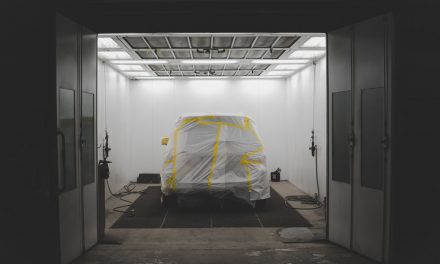Headlights can’t last forever. If you frequently replace your car’s headlight, an underlying problem might be responsible for its short lifespan. A few reasons could be a loose connection, poor quality of bulbs, and excessive condensation.
So why do your headlights keep burning out? Your headlights keep burning out because you are touching the bulbs when installing them into your assembly, or there is a bad wiring connection somewhere along the line of your headlights.
These two primary reasons will be about 75% of the issues you are running into. However, there are, of course, others! Keep reading to learn more about this and the rest of the possible reasons.
Jump to:
1. Loose wiring connection

Because of loose wiring, the flow of electricity to the contact point with the bulb will not be quite right. It will cut off and back on at fast intervals. The constant on and off will cause the bulb to heat up. These fluctuations in the temperature and electricity flow cause the filament inside the bulb to go bad and break, causing your headlights to no longer work.
Sometimes, vibration caused by the vehicle can loosen the headlight. So, it is wise to check that all the bolts connecting to the headlight are tight and that no mounting is cracked around the headlights. Also, check whether the electrical connectors that hold the bulb are secure.
2. Contacting the bulb with your fingers while installing
There is no question that halogen bulbs become very hot. When headlight bulbs are replaced and you touch them with your hands, grime and dirt are introduced to the bulb. Bulbs need an evenly heated surface so that they can last for a longer time, and this dirt and grime creates hotspots on the bulb itself.
The traces of dirt, grime, and moisture from your skin while fitting a new bulb cause uneven heating around its surface. Because of this, bulbs will have a structural failure, causing the headlight filament to burn out.
The best practice is to use latex gloves and try to touch the metal (or plastic) base while installing them. This can be tricky because of the limited amount of space.
3. Poor quality of the bulbs
Cheaper bulbs are far from the standard of high-end (and OEM) bulbs. The filaments on the bulb are made from a thin tungsten gauge, which might fail in no time if the quality is not good. Vibrations are the common causes that make these cheaper bulbs fail.
The poor quality of the tungsten gauge can cause it to fail, especially if there is an uneven voltage flow on the regulator. Look out for a high-quality brand that specializes in car bulbs, or just buy your bulb directly from the dealer if you aren’t familiar with the best brands out there.
Alternatively, adapting your car to LED light bulbs is a great solution. LED bulbs last longer and give better visibility!
4. Excessive vibration
The halogen filaments inside the bulbs can’t withstand excessive vibration. Therefore, check the retaining springs that hold the bulb and double-check whether they are tight and secured. Also, it is good to check the suspension springs, wheel bearings, and wheel balance so that they don’t cause significant vibrations (it will also make your car last longer).
5. Condensation inside the headlights

One thing many people run into is additional condensation (which can be solved). Because of excessive condensation inside the headlights, there could be electrical shorts.
This heavily reduces the bulbs’ lifespan, so you should check if there is too much dampness inside the housing. Headlights are made so that there is proper ventilation from all sides.
These ventilation holes are designed to allow a certain amount of airflow and keep the lens moisture-free. Sometimes, the headlight cover on the back needs to be corrected, or the sealing might have broken, which leads to excessive condensation.
Unfortunately, if you are getting excessive condensation, you might have a crack, or further damage to your assembly, and replacing them might be a better solution. You might as well replace it with an aftermarket like this one that I reviewed.
6. Faulty voltage regulator
A voltage regulator is an essential piece of electrical device for a vehicle. In short, it limits the maximum amount of voltage that flows through the whole wiring system. That way, it provides a safe and usable amount of electricity for the components.
If you are having issues with your voltage regulator, it might impact your headlight bulbs. The flow of electricity won’t be constant, and it might blow the bulb’s filament.
Frequently Asked Questions
How long should headlights last?
Most halogen headlights will generally last you a couple of years without issue! However, this, of course, is determined by how much you keep those headlights on. LED headlights can realistically will last as long as the car, and probably past that, as they don’t have filaments like halogen bulbs.
Will Autozone change my headlight?
Autozone is one of the great stores where you can stop by, buy a bulb, and get some help installing it! That said, if you have a vehicle requiring a lot of work to install bulbs (looking at your Gen 1 Audit TT), you likely will need more help to get a qualified mechanic.
Should I replace both headlight bulbs at the same time?
Replacing both bulbs simultaneously is optional; you can do it one at a time. However, you generally should change both if you are changing types of bulbs, as the colors will be slightly different.
Conclusion
So, those are the reasons the car’s headlight keeps on burning. Watch out for the signs and regularly check them when visiting for your car servicing.
I recommend getting yourself a high-quality bulb and keeping an eye out for accidentally touching the bulb during installation. You should be all set after that!





